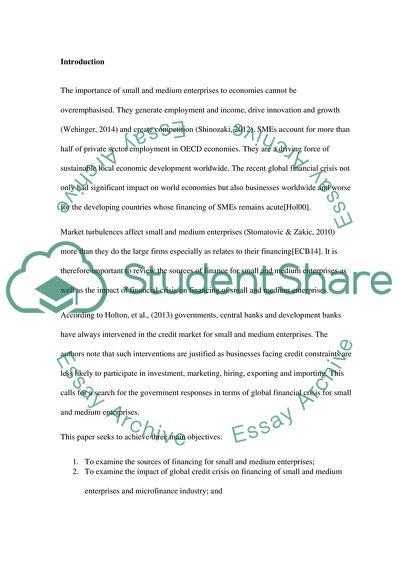Cite this document
(Corparate finance Essay Example | Topics and Well Written Essays - 2750 words - 1, n.d.)
Corparate finance Essay Example | Topics and Well Written Essays - 2750 words - 1. https://studentshare.org/finance-accounting/1869973-corparate-finance
Corparate finance Essay Example | Topics and Well Written Essays - 2750 words - 1. https://studentshare.org/finance-accounting/1869973-corparate-finance
(Corparate Finance Essay Example | Topics and Well Written Essays - 2750 Words - 1)
Corparate Finance Essay Example | Topics and Well Written Essays - 2750 Words - 1. https://studentshare.org/finance-accounting/1869973-corparate-finance.
Corparate Finance Essay Example | Topics and Well Written Essays - 2750 Words - 1. https://studentshare.org/finance-accounting/1869973-corparate-finance.
“Corparate Finance Essay Example | Topics and Well Written Essays - 2750 Words - 1”. https://studentshare.org/finance-accounting/1869973-corparate-finance.


